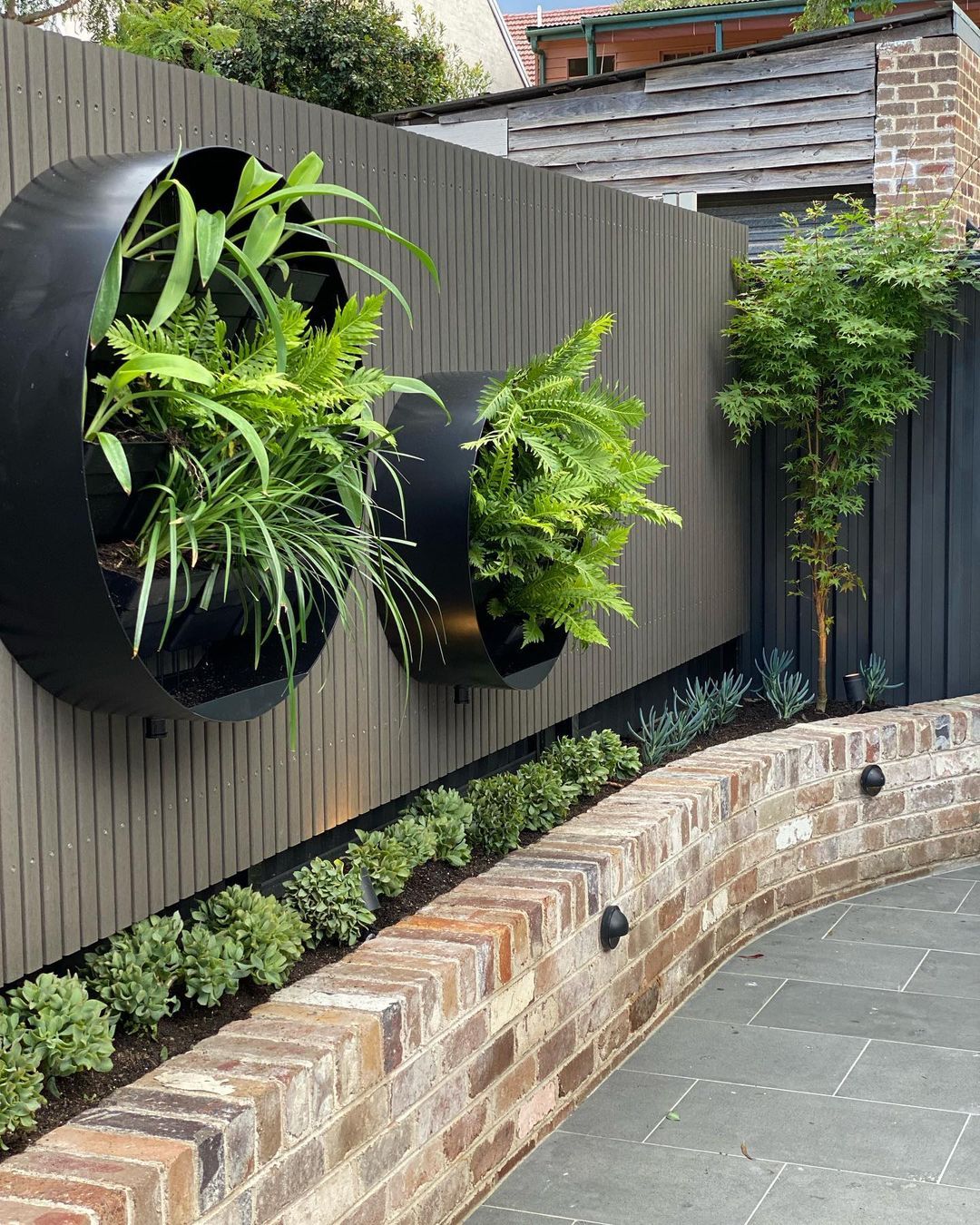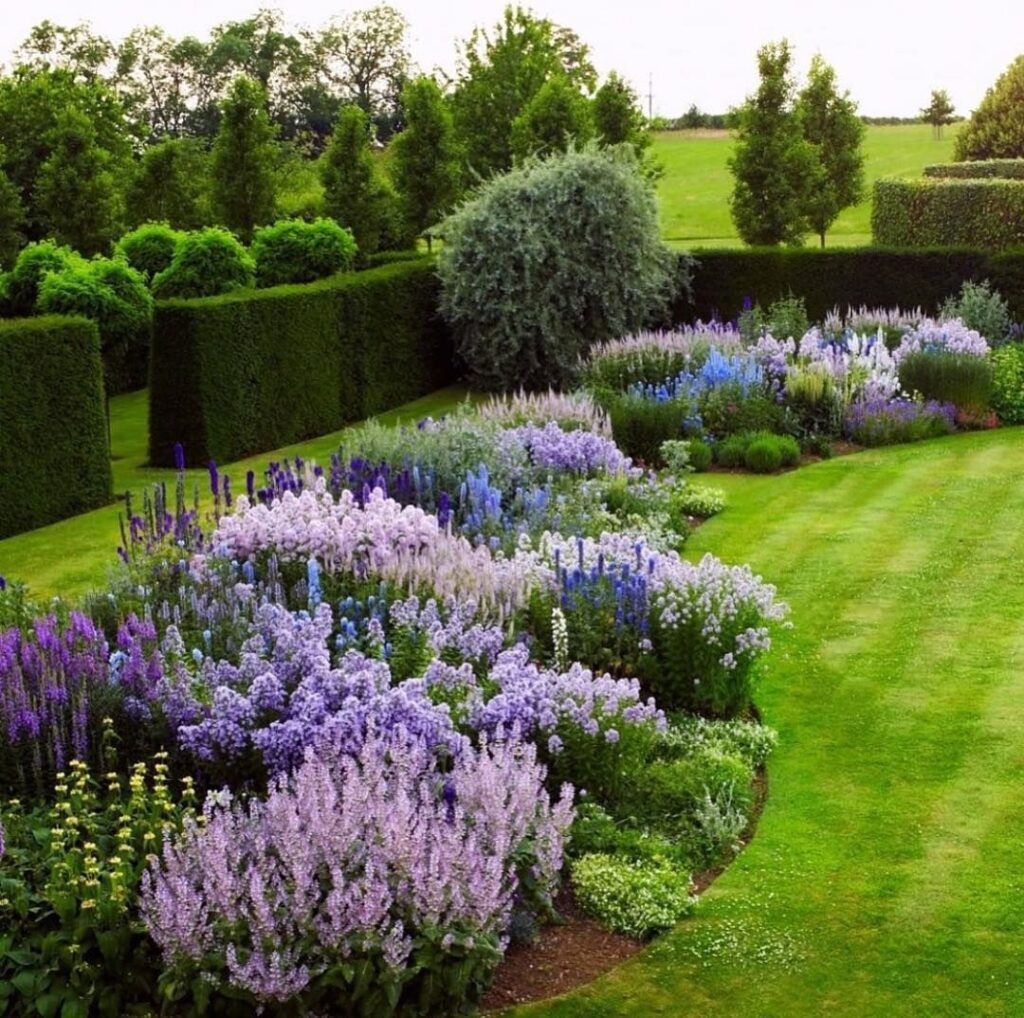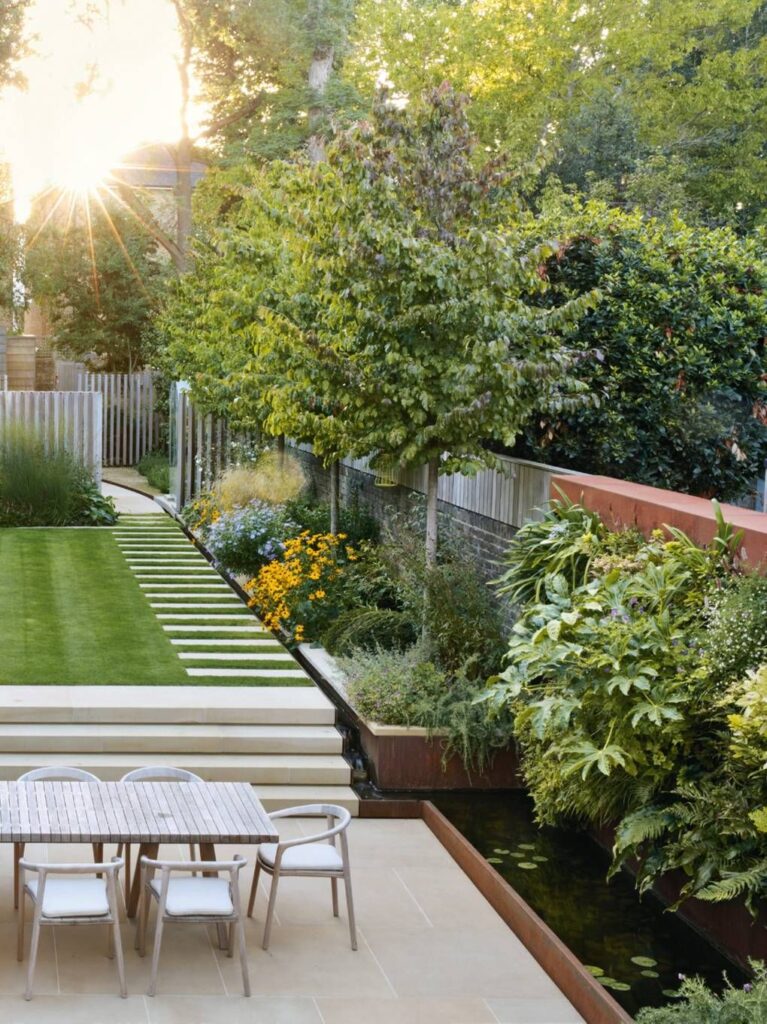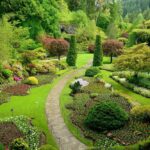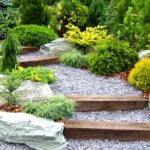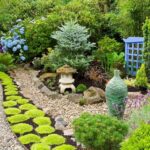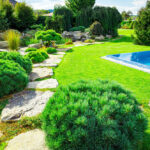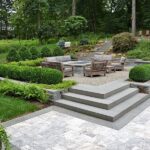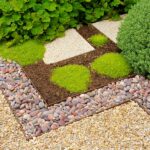Landscape garden design is an art form that combines creativity and practicality to create a harmonious outdoor space. Whether it’s a small backyard or a large estate, good landscape design can enhance the beauty and value of a property. There are several key principles that guide landscape garden design, including unity, balance, rhythm, proportion, and emphasis.
Unity is an important principle in landscape design, as it helps to create a cohesive and harmonious overall look. This can be achieved through the use of repetition, such as planting the same type of flowers or trees in different areas of the garden. Balance is another key principle, which involves creating visual equilibrium in the design. This can be achieved by placing different elements in the garden in a way that feels visually balanced.
Rhythm in landscape design refers to the way in which the elements in the garden lead the eye through the space. This can be achieved through the use of pathways, focal points, and different textures and colors. Proportion is also important in landscape design, as it involves ensuring that the size of different elements in the garden is in harmony with each other. For example, a large tree may overwhelm a small garden, while a small shrub may get lost in a large space.
Emphasis is the principle that involves drawing attention to a particular element in the garden. This can be achieved through the use of focal points, such as a sculpture or a water feature, or through the use of color or texture. By using these key principles in landscape design, designers can create a garden that is not only visually appealing, but also functional and enjoyable to spend time in.
One of the key elements of landscape garden design is the use of plants. Choosing the right plants for a garden can make a huge difference in the overall look and feel of the space. Different plants can be used to create different effects, such as adding color, texture, or scent to the garden. It’s important to consider factors such as the climate, soil type, and amount of sun exposure when selecting plants for a garden.
In addition to plants, other elements such as hardscaping, lighting, and water features can also play a role in landscape garden design. Hardscaping refers to the use of hard materials such as stone, wood, or concrete to create structures in the garden, such as paths, walls, or patios. Lighting can be used to create ambience in the garden, as well as to highlight certain features. Water features, such as ponds or fountains, can add a sense of tranquility and movement to the garden. By considering all of these elements in the design process, landscape designers can create a beautiful and functional outdoor space that complements the surrounding architecture and natural environment.
 yishifashion Where Outdoor Dreams Become Reality
yishifashion Where Outdoor Dreams Become Reality
